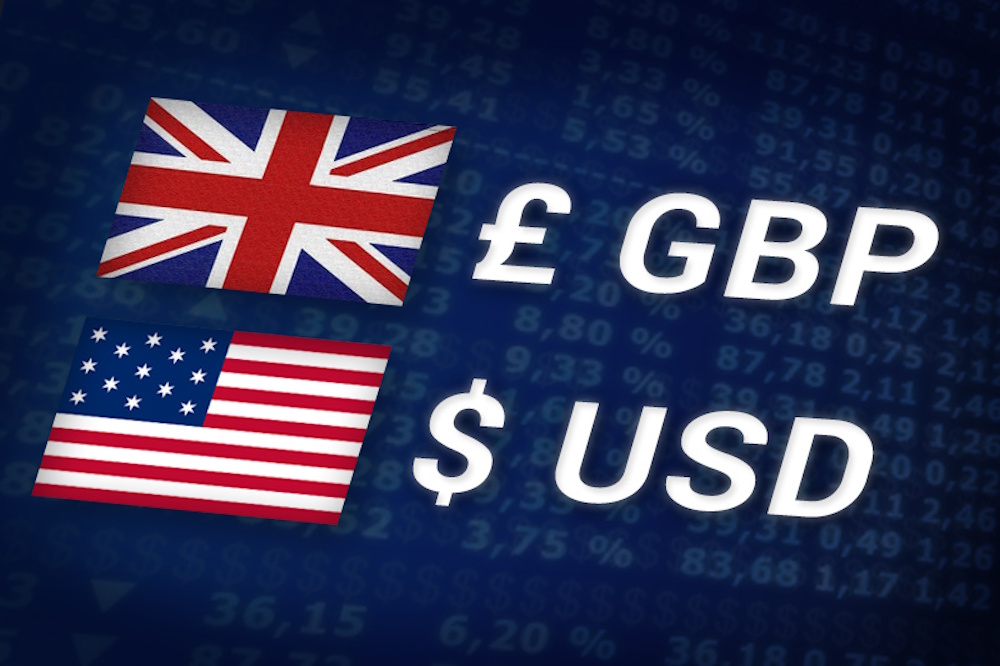GBP/USD is currently positioned at 1.3124 following a rebound from a weekly low of 1.3008, as it recovers in response to the U.S. Dollar Index declining from its four-month high of 100.21 to 99.53. This action came after significant oversold indicators — the RSI fell beneath 25 earlier this week, marking its lowest point since September 2023 — prompting a wave of aggressive short covering. Traders who drove the pound to its lowest point in two months had to reverse their positions as the dollar weakened during a prolonged 38-day U.S. government shutdown and declining Treasury yields. The rebound was supported by profit-taking in DXY and strategic positioning ahead of next week’s critical data, including the postponed U.S. CPI report and UK GDP figures. The pair’s rebound from the 1.30 level signifies a crucial turning point: a consistent advance beyond 1.3140 would indicate a short-term bottom, whereas a decline beneath 1.3008 could aim for 1.2831, corresponding to a 138.2% Fibonacci extension of the 1.3787–1.3140–1.3725 range.
The 1.3247 level, previously a robust support, has transitioned to function as a resistance ceiling. A definitive breakout above this level would validate that the corrective decline from 1.3787 has concluded, creating potential movement toward the range of 1.3350–1.3500. However, the inability to surpass this threshold maintains the overall downward trend. The 55-week EMA, currently positioned at 1.3185, coincides with this resistance cluster and persists in limiting upward movements. On the downside, traders are monitoring the 1.2780 trendline as a crucial long-term support level. A conclusive close beneath this level would reveal 1.2474, aligning with the 38.2% retracement of the 1.0351–1.3787 rally. The specified area indicates the lower limit of the ongoing macro consolidation phase. The prolonged U.S. shutdown has diminished investor confidence in the dollar’s immediate stability. Economic visibility is constrained, as essential reports such as non-farm payrolls and retail sales have been delayed, compelling traders to depend on secondary sentiment indicators. The Consumer Sentiment Index has decreased to 50.3, marking a six-month low, whereas 1-year inflation expectations have experienced a slight increase to 4.7%. In the meantime, Federal Reserve officials, including Philip Jefferson, indicated a halt in rate cuts, cautioning against “cautious adjustments” due to the absence of critical economic data. The current market assessment indicates a 66% likelihood of a 25-basis-point reduction in December, a notable change from the 80% probability observed just two weeks prior.
The Dollar Index’s adjustment from 100.21 to 99.53 illustrates this repricing, alleviating upward pressure on GBP/USD. The macroeconomic landscape in the UK continues to show divergence. Retail spending and manufacturing PMI show signs of weakness, whereas services activity, especially in financial services and tourism, is beginning to stabilize. The Bank of England continues to exercise caution, with expectations to maintain the Bank Rate at 4.75% until the first quarter of 2026. Inflation has decelerated to 3.9% year-over-year; however, wage growth exceeding 5% persists, contributing to persistent price rigidity. Fiscal constraints continue to impact overall sentiment. The forecast for the UK’s Q3 GDP growth stands at approximately 0.1%, while the trade deficit is expected to expand to £3.8 billion. However, declining energy prices and stabilizing gilt yields (10-year at 3.94%) have alleviated pressure on the pound. This week, the relative yield advantage of U.S. Treasuries experienced a slight narrowing, which has diminished the dollar’s attractiveness in comparison to the pound. The wider dollar adjustment allows for a potential rebound in GBP/USD. As DXY establishes short-term support at 99.40, market participants anticipate volatile conditions leading up to next week’s data releases. The GBP/USD increase from 1.3008 to 1.3140 parallels the EUR/USD shift from 1.1500 to 1.1560, indicating coordinated profit-taking among USD pairs. The DXY structure continues to exhibit a bullish trend, marked by higher highs following the Fed cuts in September. However, the current pullback is a typical occurrence after the breakout to a four-month high. Support zones at 98.98 and 98.60 act as buffers; should these levels hold, a stronger dollar rebound may exert renewed pressure on GBP/USD, potentially pushing it below 1.30.
From a structural perspective, GBP/USD continues to exhibit a long-term corrective downtrend that initiated following the 2007 peak of 2.1161. The 38.2% retracement of the entire decline is positioned at 1.4480, a level that has not been decisively surpassed. As long as the pair remains below the range of 1.4248–1.4480, the long-term outlook continues to be negative. The price fluctuations observed since the 1.0351 low in 2022 indicate corrective rebounds occurring within the context of this overarching decline. Should the pair not surpass 1.3247 and drop below 1.2780, the market may trend towards 1.2474 or potentially 1.2100 by mid-2026. On the other hand, a breakout above 1.3350–1.3500 would indicate a mid-cycle transition towards a stronger sterling phase, aiming for targets of 1.40–1.42 in the upcoming quarters. The futures market indicates a variety of positioning outcomes. Data shows a modest increase in net GBP long contracts to 15,200, following a dip to yearly lows of 9,000 just two weeks prior, indicating early repositioning in the market. The current implied volatility in the options market is at 8.4%, marking the lowest level since July.
This indicates that traders are anticipating a period of consolidation rather than a swift breakout. Analysis indicates an increased demand for GBP/USD calls around the 1.33–1.34 strikes, suggesting a moderate level of optimism in the near term. On the other hand, significant downside protection is evident around 1.29 puts, highlighting the tenuous confidence in the pair’s durability. Although short-term momentum indicates a potential rebound toward 1.32–1.33, significant structural resistance persists. The recent technical relief of the pound is primarily supported by oversold conditions and a weaker dollar, rather than any significant strength in the UK economy. Sustained moves above 1.3247 could flip sentiment bullish in Q4 2025; however, until that occurs, the cautious stance is to Hold — with potential tactical longs toward 1.33, while remaining vigilant against dips below 1.30.

